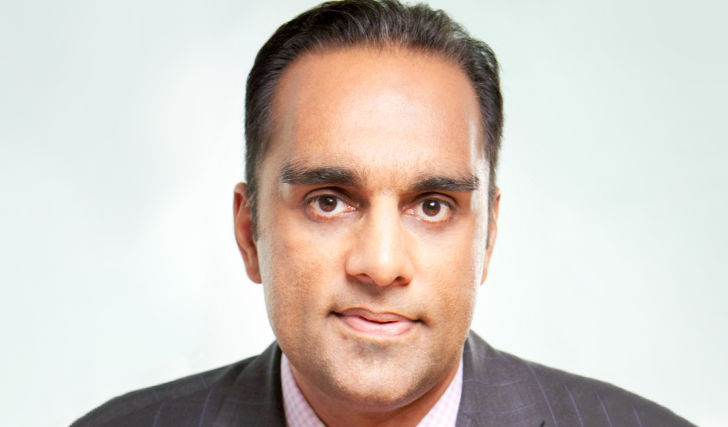Group insurance coverage in Canada is so similar from one insurer to another that there is only pricing that distinguishes them. Big Data will change things, says Anil Sanwal, Vice president, Group Products, Global Group Reinsurance Division at RGA International Re
Sanwal has studied the various group insurance markets around the world to see where disruption will occur in this market. The Insurance and Investment Journal spoke with him about his findings.
In his first hypothesis, Sanwal anticipated that disruption would be at the distribution level. However, this did not occur. He quickly realized that in the group market disruption will involve the use of Big Data.
He says insurers now have access to different types of data and technology allows them to compile it. “It gives deeper insight. They can leverage it with the data they already have. Another opportunity is to go after the data they don’t have, like personal health. You can aggregate that. And then you have much smarter strategic insight.”
Insurers do not yet use all the data they have access to, especially in Canada, says Sanwal.
“Look all over Canada; they offer the same products. Pricing is the only difference. If it’s all the same, the focus comes down to pricing. Employers choose the cheaper one. With new technology, data comes brings a new opportunity. They can say to their client: can we look at a particular thing and identify larger problems?”
In a study on the subject, in which Sanwal participated, RGA showed that accessing a range of alternative data and applying analytic models to it can better target the risk profile of a group. By delving deeper into this analysis, insurers can identify subtleties within groups that they would not have considered before.
Sanwal says insurers still rely on traditional data: age, sex, smoker or non-smoker status, etc. “They could use credit scores. This is highly predictive in terms of mortality. It makes underwriting much more efficient,” he says.
The postal code is another factor to consider, says Sanwal. He says the insurer is often the only one who can use this type of data. The insurer can use it to bid on new groups or improve renewals.
Big data can also be leveraged to build tools for targeted cross-selling. It can be leveraged to efficiently reach consumers to offer a specific product.
Sanwal says he recognizes that solutions like data analytics and blockchain are still new. However, the potential is there for insurers, to both collect data and to find ways to use it. Not everything will be relevant, but insurers must begin to think of going in that direction, he says.
Call to action phase
“We are in a call to action phase. How can we do better? Some leaders will emerge. Others will follow, but they won’t be able to keep up.”
Insurers' current approach is not sustainable over the long term given the environment in which they operate, says Sanwal. New players could emerge. He says, however, that the industry has solutions at hand to deal with them.
He expects group insurance sales to take the path that Uber has taken in its industry, but not in the sense that technology will shake up everything. His parallel with Uber relates to the increasing choice available to consumers.
“Insurers have done a very good job of designing products for consumers. Customer centricity is going to be a leading trend. Benefit dollars keep increasing as a solution. But budgets are not eternal.” When it comes to demographics, a one-size-fits-all approach will suit the average consumer’s needs. But such an approach does not respond to individual needs, he says.
Brokers and advisors will remain
The emergence of Big Data in group insurance will not reduce the need for a broker or advisor, says Sanwal. Tools will be developed for them so that they can offer the ideal product to their client company. The insurer may design an application or other tools for efficiency.
Group insurance is not a sector where everything can be done on the web, says Sanwal. In-person interactions will remain necessary, he says. He points to the US, Italian and South African markets, where insurers have been innovative in terms of group insurance and its distribution.




